The content of the article
How to store Jerusalem artichoke? Very carefully. Unlike other tubers, Jerusalem artichoke is too thin skin, which is damaged even by simple friction with a finger. And if the roots also turn over, they will begin to deteriorate in three days.
Popular wisdom has long invented several reliable ways to keep Jerusalem artichoke until spring:
- frost
- drying
- paraffin
- natural shelter
- trench method
- basement method
Each of them is good enough, allows you to save the tubers with almost no losses.
Freezing
Jerusalem artichoke dig, wash. Here you can not particularly stand on ceremony with the skin, because it is not needed. Then the fruits are cleaned, cut into slices, cubes, plates - as you like. Fold in a bag for freezing or a special food container. Clean in the freezer.Such roots can be stored all winter.
Council Freeze the Jerusalem artichoke in small portions, at one time.
Dried Jerusalem artichoke
Tubers need to dig and wash. Then clean, cut into thin plates or straws. Dried sliced in the oven or in the open air. It is worth remembering - direct sunlight is harmful for Jerusalem artichoke, both for dried and for fresh.
Council Contrary to the mistaken opinion, after drying, the tubers retain all the beneficial substances, minerals and vitamins.
Waxing
Then the tubers are dipped into melted paraffin in a neat, quick motion. If you can get a special food - it will be generally great. In the absence of such, you can do the usual candle. After the upper crust has hardened, the prepared Jerusalem artichoke is carefully placed in cardboard boxes or wooden boxes.
Cleaned in storage in the basement, cellar or cellar.If it is planned to save root vegetables in apartment conditions, then the place under the bed or the bottom shelf of the dish cabinet will be fine. Will fit and warmed balcony.
Council It is recommended to do the waxing in a cool room so that the Jerusalem artichoke is cooled as quickly as possible. Overheating is more pernicious for him than cold.
Natural storage
The most thrifty and reliable way to store. For use, dig the right number of tubers, the rest leave intact in the ground. If the climate assumes the onset of frosts below 30 ° C, then on top of that, on the ground, you can additionally throw in leaves or spruce branches. For shelter fit cardboard, old roofing felt, plywood.
As soon as the topinambur is over, you can go and dig up new tubers. Of course, it will be somewhat problematic to pick the frozen ground, but the fresh fruits of their own labor.
Council It is recommended to mark the places of “burial” so that in winter it would not be necessary to hustle the whole area with the help of scrap and all known expressions.
Trenching
If it is not possible to leave the earthen pear for the winter in natural conditions, and there is simply no place to keep it at home,that trench will always help out.
Prepare them in the fall, when the earth is not frozen. Dig a hole or a short trench 50 cm deep. Sawdust or dry leaves are poured at the bottom. Dry, intact tubers of Jerusalem artichoke are placed in two layers. From above pour 20 cm of soil, sand, straw, cover with a thick film, press on top with another layer of soil.
To heighten convenience, you can put each bush in a separate rag bag or wrap with sacking.
Now you can not worry, the roots will live fine until spring. In winter it will be very easy to get them. Raise the edge of the film and dig the right amount, close it back.
The main danger with this method of storage is the mouse. They also love to feast on juicy tubers. There are two ways out:
- Put in the straw a special poison. Inhumane, but very effective.
- In the trench, mixed with an earthen pear throw dry inflorescences of burdock. Effective and humane. Mice do not like when something clings to their wool and will no longer come.
Council So that in spring, the meltwater does not flood the mini-storage, at a distance of 40-50 cm from it dig a shallow ditch in a circle.
Basement or cellar
If you are lucky enough to be the owner of a cellar or basement, then the task of storing Jerusalem artichoke is not worth it.
There are a lot of options here, each of them is easy, requires little effort and effort:
- Stick in a container with sand, where carrots are usually stored.
- The whole root of a girasol with tubers is dug out without breaking up. Directly with the ground put in a container that is suitable in size. Placed on the floor.
- No tanks? Suit ordinary boxes. Only it is necessary to pour moss, peat or sawdust from above.
- Smeared root crops clay mash, dry. Carefully laid out in tight plastic bags. Knotted, trying to leave as little air as possible.
The most important thing - be sure to leave the hemp plant 10 cm long. So the roots retain more nutrients.
If there is no cellar or basement, then a cool storage room or a warmed balcony will fit perfectly.
The optimum temperature for this method of storage is + 2-4 ° C. If possible, you should regularly inspect the bookmarks, in time to notice the beginning of the putrefactive process. Jerusalem artichoke is a succulent plant, it can also deteriorate.
Council Beets and potatoes are bad neighbors for root vegetables.It is recommended to place them away from each other.
Useful tips
- Jerusalem artichoke can not be rubbed to clean off the dirt. It can only shake off. The same goes for drying. Let it dry naturally. Even the softest rags crease the skin.
- If there is no possibility to somehow keep the earthen pear fresh, then there is a great variety of recipes blanks. After heat treatment, some of the substances are lost, but inulin (namely, because of it the plant is so valued) is not going anywhere.
- In the refrigerator on the shelf for vegetables, tubers are stored for only 4 weeks.
- If the storage method is chosen in a natural way, then it is recommended to cut off all the tops. Leave only hemp 12-15 cm in height.
- It is advisable to use an earthen pear until March-April. With the onset of heat, the tubers give buds, growth begins. For food purposes, these roots are no longer suitable.
- Dried slices or straws are best kept in glass jars with a tight lid.
- People who suffer from flatulence, you can stop worrying about the safety of Jerusalem artichoke. They simply can not.
- Humidity of the environment during storage after digging should not be below 85%.
- For the trench method you can use plastic pots from flowers or buckets.So it will be more convenient to get an earthen pear in the winter. Gently pulled the handle and you're done!
- You can not store Jerusalem artichoke directly on the concrete floor of the cellar. Cement perfectly absorbs moisture, so the tubers quickly dry.
- Carefully inspect each tuber before laying. Use should be primarily damaged or scratched.
Observing the proposed recommendations, with due skill, it will be possible to enjoy the taste of fresh Jerusalem artichoke until April. And how much benefit the body will receive during this time is simply not to describe.
Video: useful properties of the earthen pear


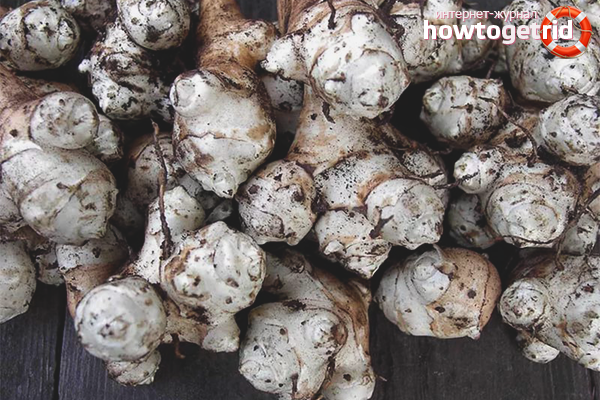
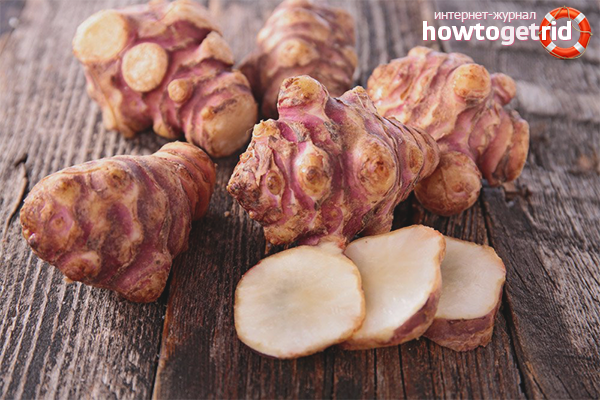

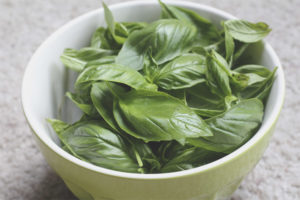
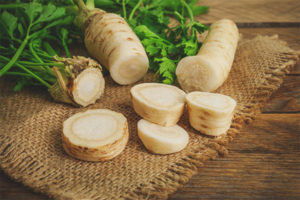
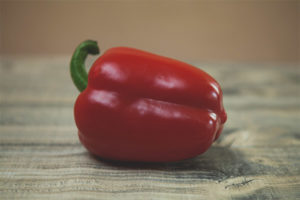
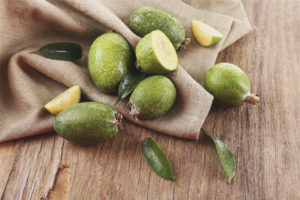
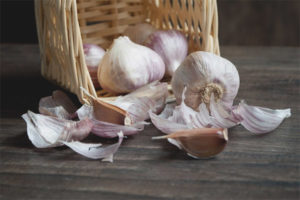

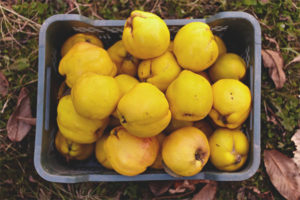

To send